
Las Manchas, Los Llanos de Aridane
Welcome to paradise
Sunset in Las Manchas, a magical corner of La Palma
Imagine a wide and expansive valley in Las Manchas, in the heart of Los Llanos de Aridane, where nature unfolds all its beauty. Here, the gentle wind caresses the tall grass and the canary island pines that cover the imposing volcanic mountain range on the horizon.
From this privileged vantage point, you can contemplate a spectacular sunset over the Atlantic Ocean, where the sky is painted in shades of gold, orange, and pink, reflected in the waters that seem to stretch to infinity.
This landscape is not only a visual spectacle, but also an expression of the soul of La Palma, an island that pulses with a unique energy, steeped in history, culture, and a deep connection with nature. La Palma is known as "The Beautiful Island," and its soul is revealed in every corner: in its villages steeped in tradition, in its trails through pine forests, and in its volcanoes that seem to guard time.
The west of the island, where Las Manchas is located, is a place where volcanic soil and vegetation merge into a landscape of contrasts. The farmland, vineyards, and small villages convey a sense of peace and simplicity. The stone houses, with their gardens filled with wildflowers, seem to whisper ancient stories while the scent of damp earth and fresh flowers permeates the air.
As you walk along these paths, the pure, fresh air fills your lungs, and the songs of birds and the rustling of the trees accompany you on a journey that connects body and soul. The sight of the pine-covered volcanoes, bathed in the golden light of sunset, invites you to reflect and feel part of this living and vibrant landscape.
But the magic of Las Manchas doesn't end at sunset. When the sun sets over the horizon, the sky transforms into a dark canvas dotted with stars. The island, far from big cities and light pollution, offers one of the clearest skies in the world. Here, you can contemplate the Milky Way in all its splendor, feel small in the face of the immensity of the universe, and allow yourself to be enveloped by the peace that only nature can offer.
Nights in Las Manchas and throughout the western part of La Palma are a celestial spectacle. The sensation of being under a blanket of stars, with the gentle sound of the wind and the brightness of the Milky Way, is an experience that fills the soul and renews energy.
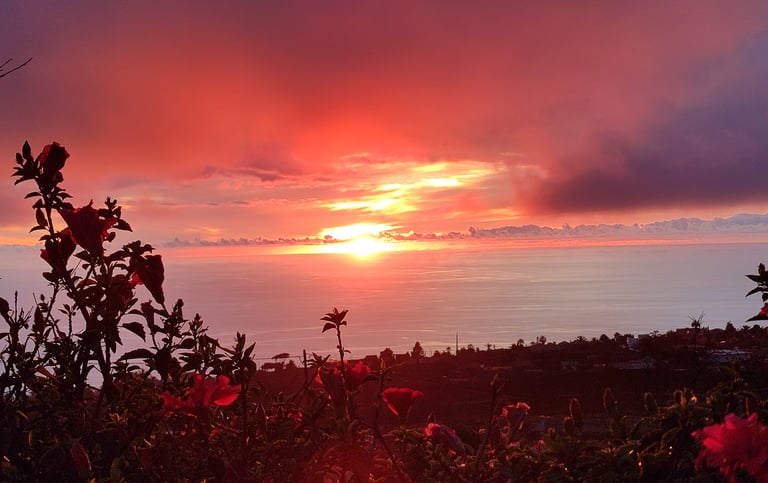





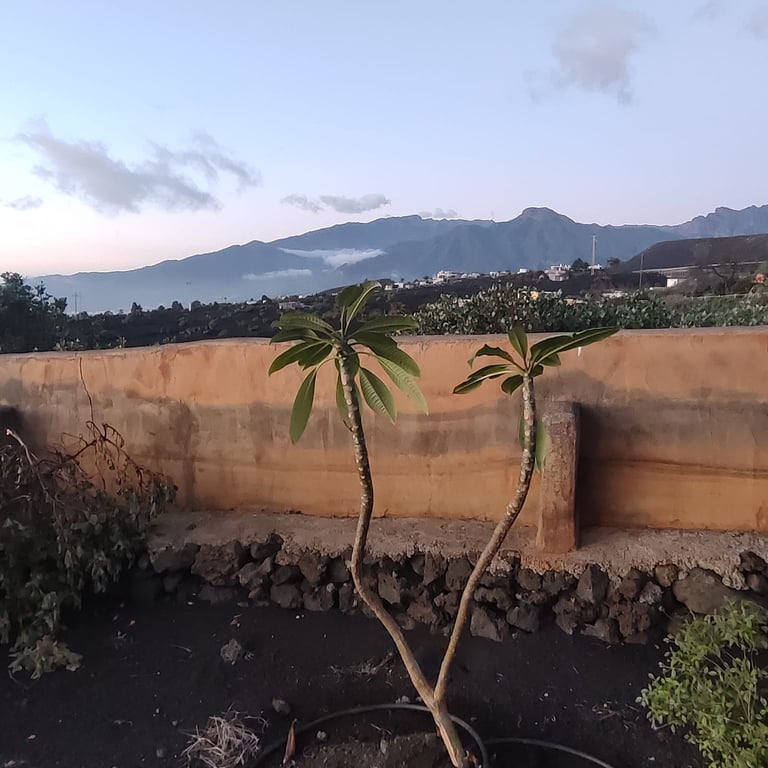
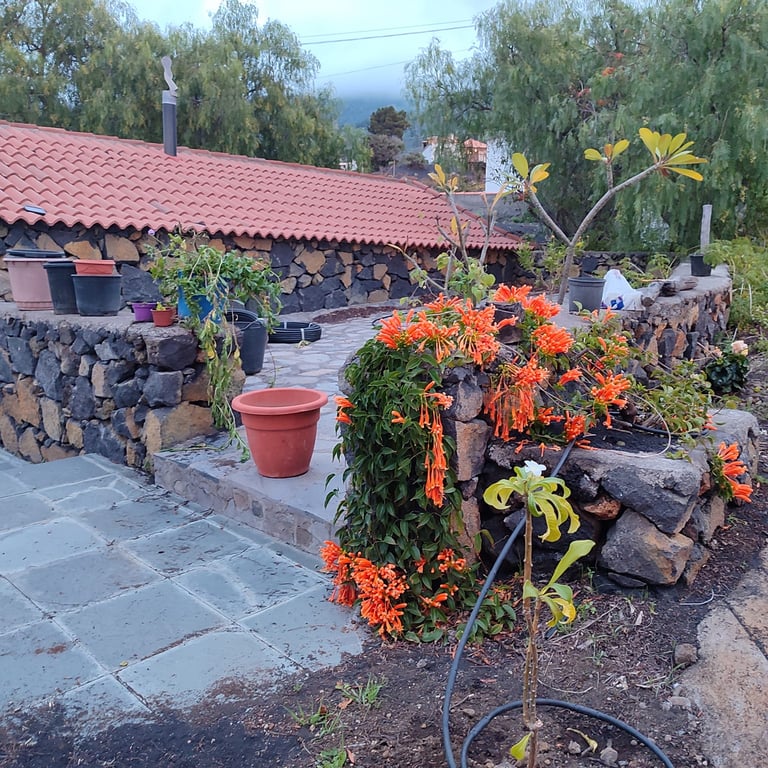
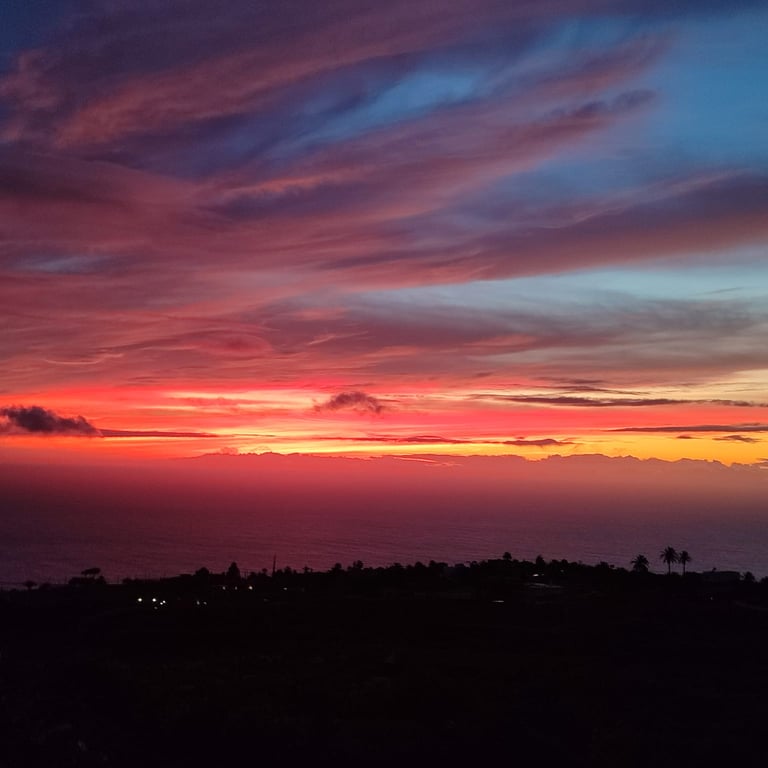
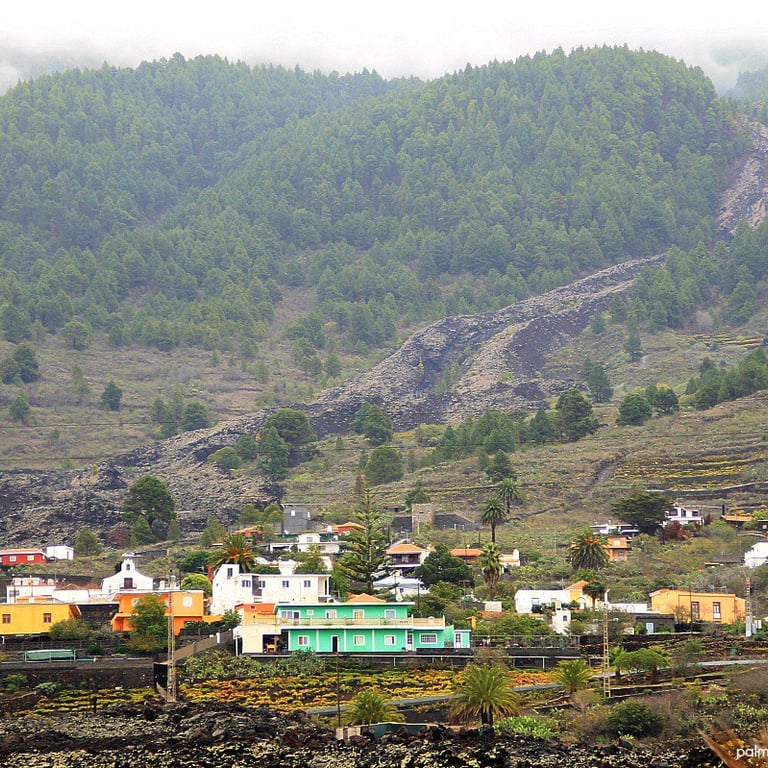
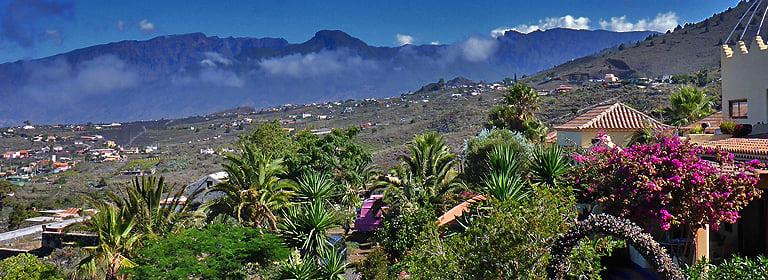
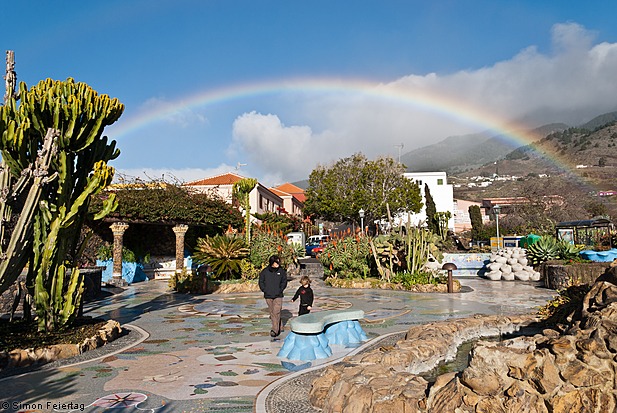
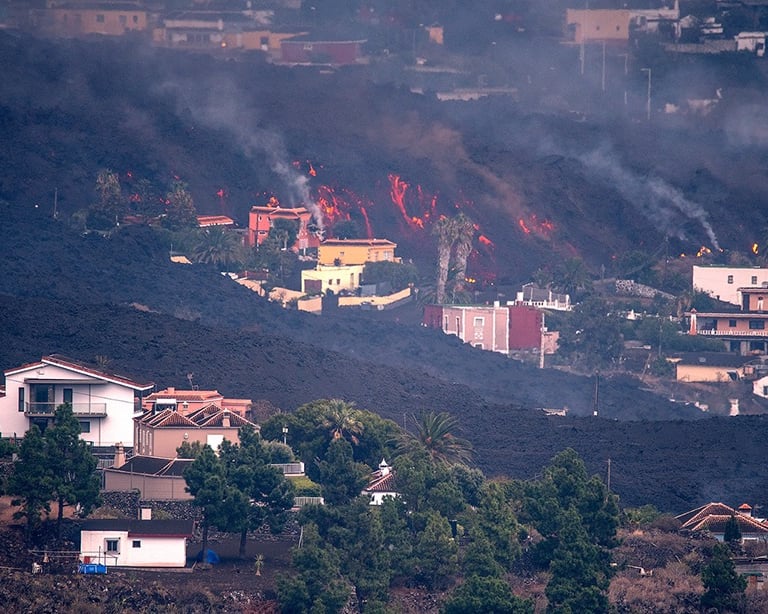
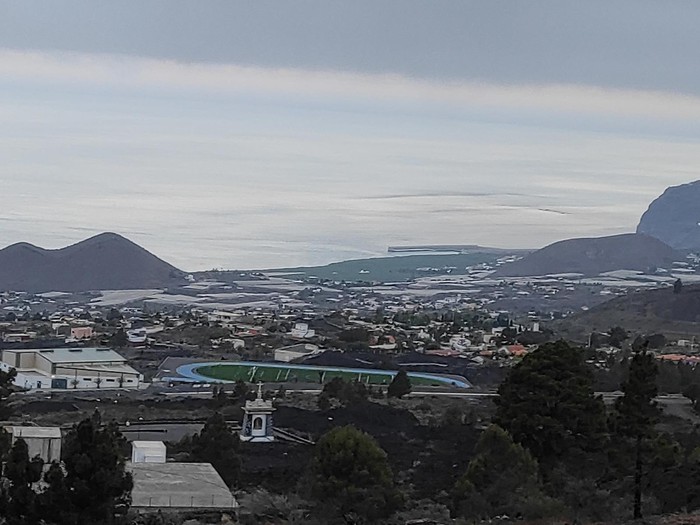
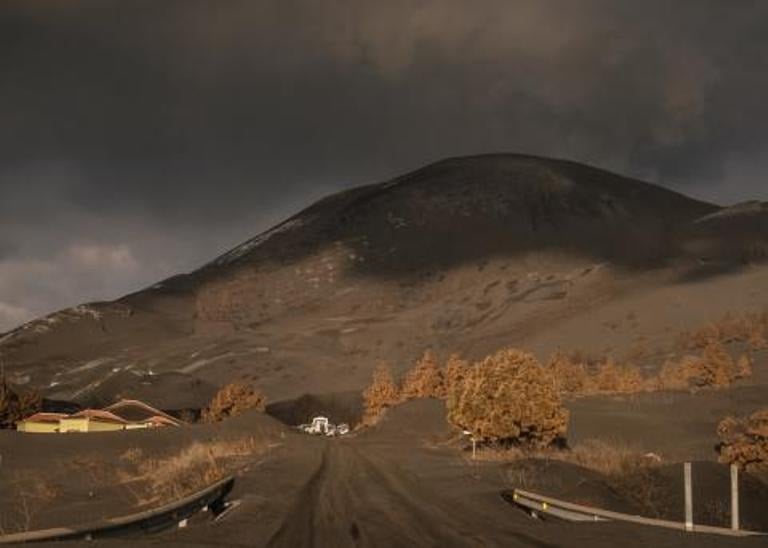
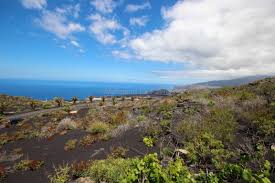
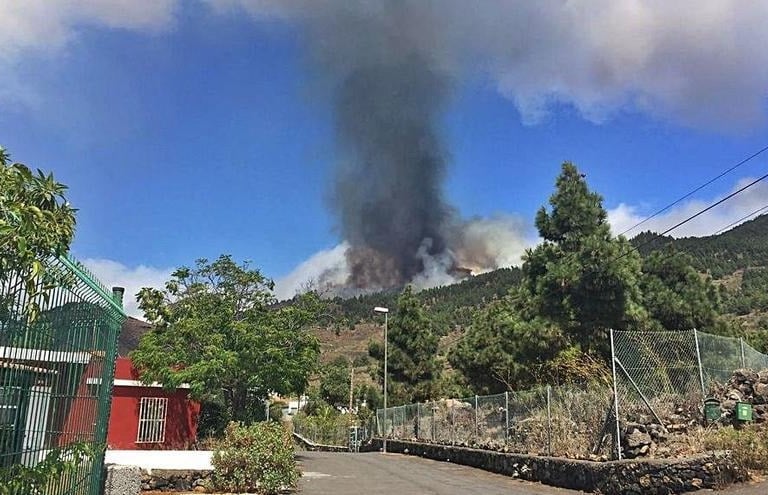
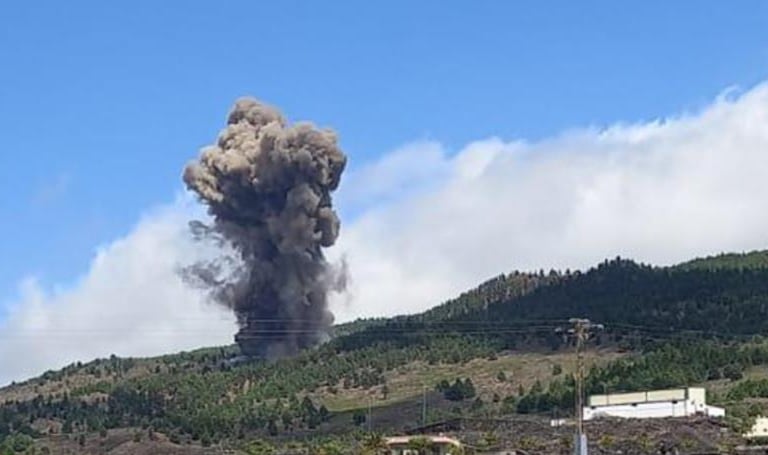

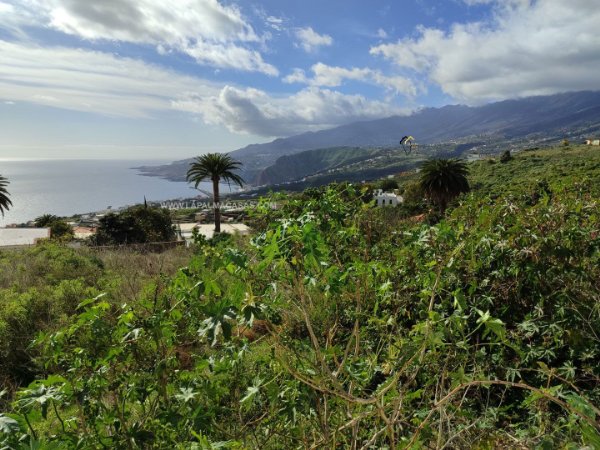
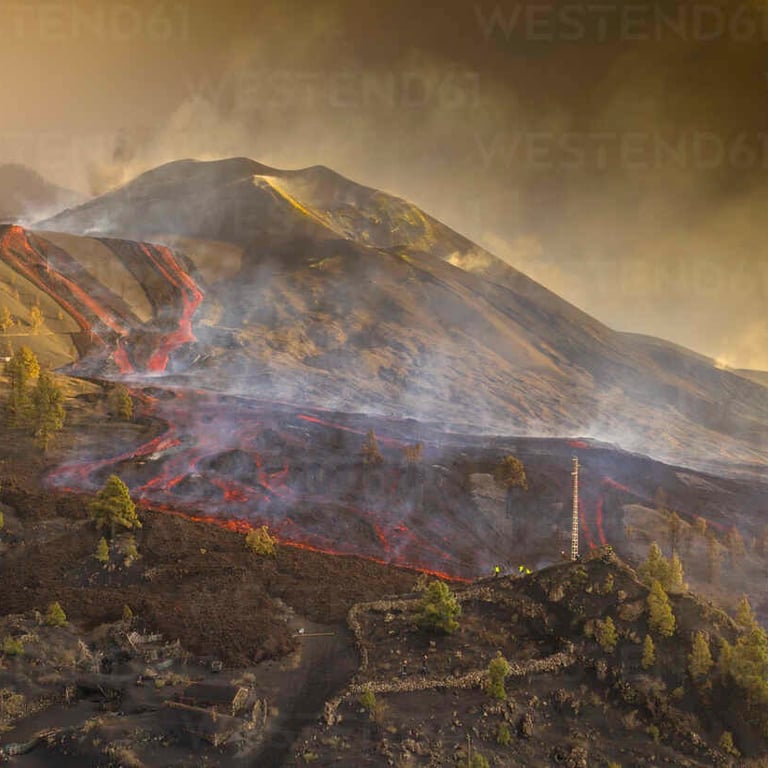
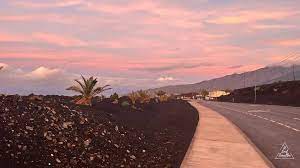
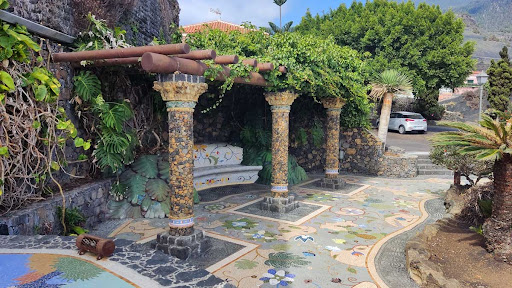

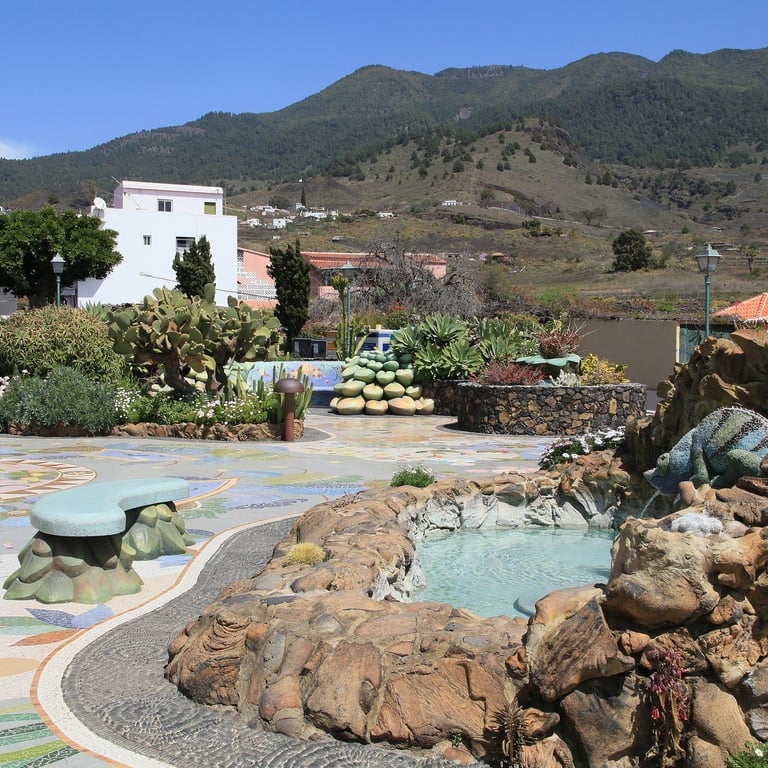
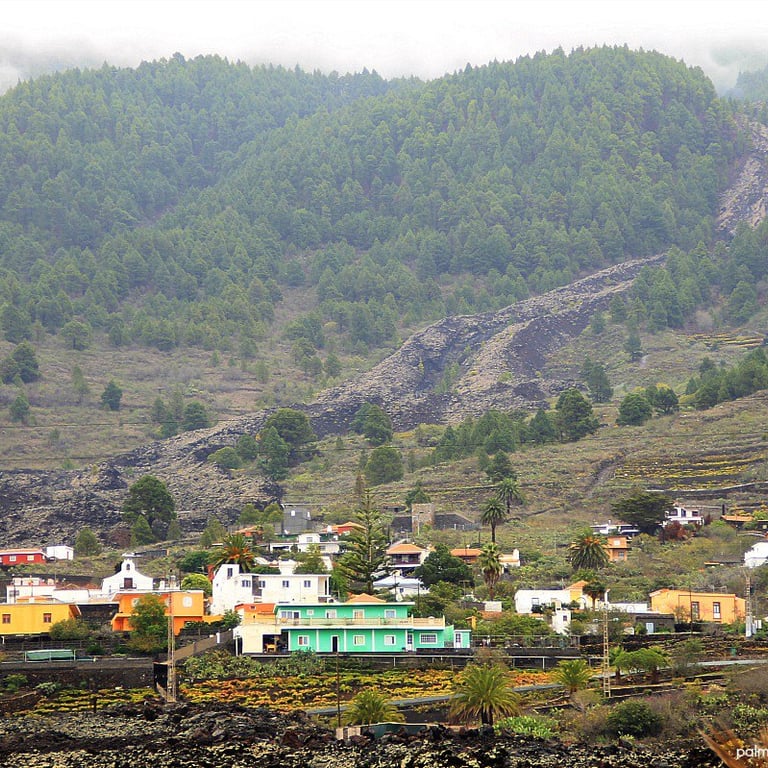
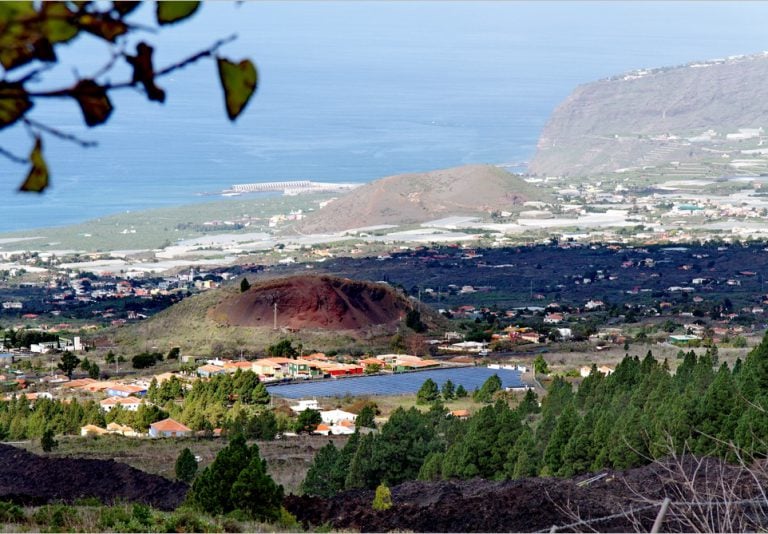



































Las Manchas, a paradise on earth
Las Manchas is a neighborhood that belongs to the municipalities of El Paso and Los Llanos de Aridane. It is an area of historical and geographical interest, especially due to the volcanic terrain in which it is located, and is a tourist and cultural center for both municipalities. At the end of the 15th century, this area was part of the indigenous cantons of Tihuya and Tamanca.
Geography
The Las Manchas neighborhood is located in the southwest of the island of La Palma (Canary Islands). It is divided between the municipalities of El Paso and Los Llanos de Aridane. It comprises a small area and borders the neighborhoods of Tajuya, Todoque, and Tacande, and the municipality of Fuencaliente to the south.
History
Since 1837, the territory of Las Manchas has belonged to the municipalities of El Paso and Los Llanos de Aridane, with the old royal road as the dividing line. Partially replaced since the beginning of the last century by the route of the main southern highway, as it passes through the town. There have been local movements requesting the separation of this neighborhood into an independent municipality, but these have not prospered. The most important of these movements took place in the 19th century, with the firm proposal to the Provincial Council by several residents of Las Manchas to establish itself as a municipality. It was called San Nicolás de Las Manchas and encompassed what is now the area comprising the neighborhoods of La Laguna, Todoque, Los Campitos, Puerto Naos, El Remo, and Las Manchas. Although all these initiatives ultimately failed, and the segregation plans were canceled.
Volcanic eruption of 1712
On October 9, 1712, the El Charco Volcano erupted. The eruption took place in the southernmost part of Las Manchas and had two eruption points that emerged near the Tigalate volcano. It lasted 56 days and ended on December 3. Its name was assigned because lava began to flow from the Hacienda del Charco of Doña Ana Teresa Massieu, aunt of one of the chroniclers and chieftain of the island of La Palma, Don Juan Agustín de Sotomayor.
Volcanic eruption of 1949
On June 24, 1949, the San Juan Volcano erupted. The eruption had several eruption points, the main one being located right above the center of the Las Manchas neighborhood. But there were also other volcanic eruptions, the main ones being: Nambroque, Hoyo Negro, and La Breña. It lasted 42 days, from June 24th to the following August 4th. Like several volcanoes on the island, it has several names. The main one is San Juan, but it is also called the Nambroque volcano, as this is the toponym of the place where the first vent erupted.
Volcanic eruption of 2021
On September 19th, a new volcanic eruption occurred from the Tajogaite Volcano, also known as Cumbre Vieja or Cabeza de Vaca, in the area near the Cabeza de Vaca area. The eruption initially consisted of two fissures separated by 200 meters and eight vents. It caused extensive material damage in several municipalities on the island, specifically in the Las Manchas neighborhood. It destroyed the entire El Paraíso area, Alcalá, and part of El Cantillo, and even partially covered the cemetery located in the neighborhood.
Monuments
Its monuments include the Hermitage of San Nicolás and the Cogote Gate (17th century), vestiges of the former Massieu family estate, the hermitage's fountain, and the Plaza de la Glorieta, created at the end of the 20th century by the artist Luis Morera, a member of the musical group Taburiente. Other monuments include the Virgin of Fátima, located near the church and the volcanic lava flow, and the Monument of the Sacred Heart of Jesus, on the mountain of the same name, a miniature temple from which you can enjoy the best views of the Aridane Valley.
Plaza de la Glorieta, designed by Luis Morera.
